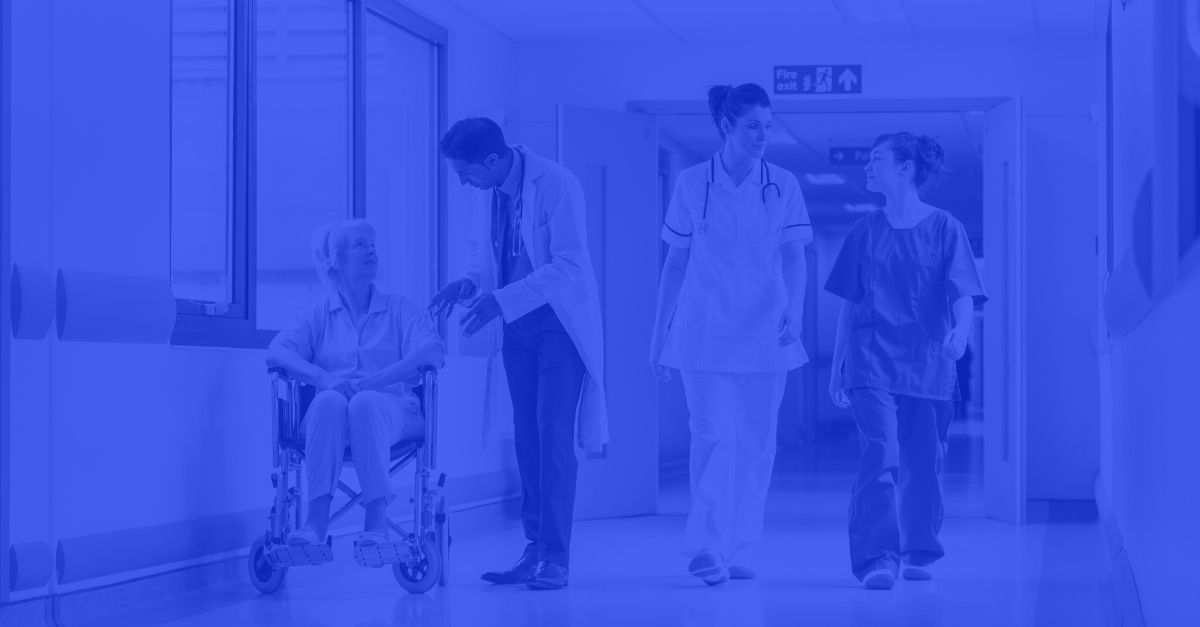LiFi technology helps Belgian schools to accelerate the digitalization in education. By providing students and staff with fast and reliable access to the latest online tools in a highly secure way.
Signify, the world leader in lighting, is introducing Trulifi by Signify at schools in Belgium to help them accelerate their digital transformation. Trulifi by Signify, which ensures high-speed connectivity through light waves (LiFi) instead of radio waves (WiFi), provides students and teachers fast, secure and reliable access to a broad range of online learning tools, content and other online possibilities.
So far, already four schools in Belgium (three in Wallonia and one in Brussels) have installed Trulifi by Signify, following successful installations in schools in Italy, Germany, the US and the Netherlands. As connectivity is becoming more and more important in education, whether it concerns the use of laptops or tablets, Signify in the past years saw a growing demand for its LiFi systems from schools all over the world. This has helped to accumulate knowledge and experience crucial to taking the nextsteps in implementing this new technology. And now, Trulifi by Signify will support Belgian schools as they take the next step in digitalization.
The Trulifi 6002 system provides the schools with a consistent 220 Mbps download and 160 Mbps data transfer, which is more than sufficient to support the data needs of all students in a classroom. The USB access key – that receives data and sends data back to a transceiver – can be connected to laptop/notebook devices with many different operating systems and is now expanded to tablets as well.
So far, Signify already installed LiFi systems at schools in Brussels, Flobecq and Wanze, and plans to install LiFi systems at a school in Aubange, supporting the government in its ambition to accelerate the digitalization in education.
“In 2019, we installed our first LiFi pilot in a school in Bas-Oha. Now we are thinking about the complete deployment in a classroom to provide the students with all the advantages of this technology,” says Christophe Lacroix, Mayor of Wanze.
“We are especially grateful and proud to be able to test the use of this new technology Trulifi by Signify at our school. Using digital technology today is an integral part of learning tools, but the data security of devices is often questioned,” explains Damien Rubay, School Director at Flobecq.
LiFi is a technology based on line of sight, making it impossible to eavesdrop or hack into the LiFi network from another room or from outside the building, or hinder the wireless communication.
“With LiFi we can provide people with fast, secure and reliable connectivity,” says Olivia Qiu, Chief Innovation Officer at Signify. “This is relevant to any educational facility that seeks to take the next step in digitalization, but just as much for other organizations having the same connectivity needs, including offices, hospitality, industry, transportation.”
Contributing to improvements in education through our LiFi systems is at the core of our commitment to doubling the percentage of our revenues for brighter lives, which benefit society, to 32%. This is part of our Brighter Lives, Better World 2025 program, which was launched in September 2020.
For all these projects, Signify is partnering with LiFi Solutions, a Belgian start-up, active in Belgium and Luxembourg to accelerate awareness about LiFi and to help schools to realize their digital ambitions.
Curious how Trulifi by Signify can benefit your organization? Visit their website.





